Increased Remote Work Culture
The shift towards remote work has led to a heightened demand for reliable internet connectivity, thereby driving the wi fi-booster market. As more individuals work from home, the need for seamless internet access has become paramount. According to recent data, approximately 30% of the US workforce is now engaged in remote work, which necessitates robust home networking solutions. This trend indicates that consumers are increasingly investing in wi fi boosters to enhance their home networks, ensuring stable connections for video conferencing and online collaboration. The wi fi-booster market is likely to see sustained growth as remote work becomes a permanent fixture in many organizations, compelling users to seek out solutions that can support their connectivity needs effectively.
Expansion of Smart Home Devices
The proliferation of smart home devices is significantly influencing the wi fi-booster market. As households adopt more connected devices, such as smart speakers, security cameras, and thermostats, the demand for strong and reliable Wi-Fi signals increases. Data suggests that the average US household now contains over 10 connected devices, which can strain existing network capabilities. Consequently, consumers are turning to wi fi boosters to ensure that all devices operate efficiently without interruptions. This trend indicates a growing awareness of the importance of robust home networks, positioning the wi fi-booster market for substantial growth as more households embrace smart technology.
Increased Awareness of Cybersecurity
As concerns over cybersecurity continue to rise, consumers are becoming more vigilant about their home networks. The wi fi-booster market is experiencing growth as users seek devices that not only enhance connectivity but also offer advanced security features. Recent surveys indicate that nearly 70% of US consumers are worried about their online privacy, prompting them to invest in technology that can safeguard their networks. This heightened awareness is likely to drive demand for wi fi boosters equipped with security protocols, such as WPA3 encryption. The wi fi-booster market is thus positioned to evolve, catering to consumers who prioritize both performance and security in their networking solutions.
Technological Advancements in Networking
Technological advancements in networking equipment are significantly impacting the wi fi-booster market. Innovations such as mesh networking and dual-band technology are enhancing the performance and reliability of wi fi boosters. As consumers become more tech-savvy, they are increasingly seeking out devices that offer superior coverage and speed. Data indicates that the market for mesh wi fi systems is expected to grow by over 25% in the coming years, reflecting a shift in consumer preferences towards more sophisticated networking solutions. This trend suggests that the wi fi-booster market will continue to evolve, driven by the demand for cutting-edge technology that meets the needs of modern users.
Rising Internet Usage and Streaming Services
The surge in internet usage, particularly for streaming services, is a key driver for the wi fi-booster market. With platforms like Netflix, Hulu, and Disney+ gaining immense popularity, users require high-speed internet to support multiple streams simultaneously. Recent statistics reveal that over 60% of US households subscribe to at least one streaming service, leading to increased bandwidth demands. This trend suggests that consumers are more likely to invest in wi fi boosters to enhance their streaming experience, ensuring uninterrupted service. The wi fi-booster market is poised to benefit from this growing reliance on high-quality internet for entertainment, as users seek solutions to optimize their connectivity.

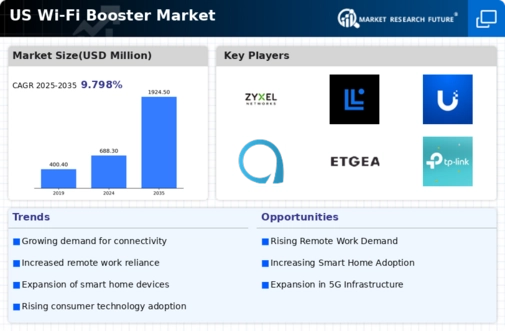
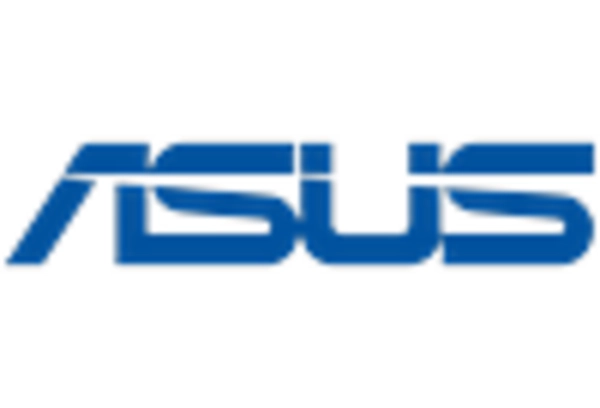
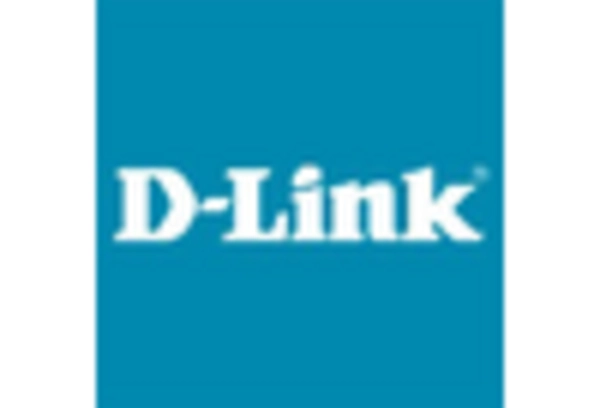
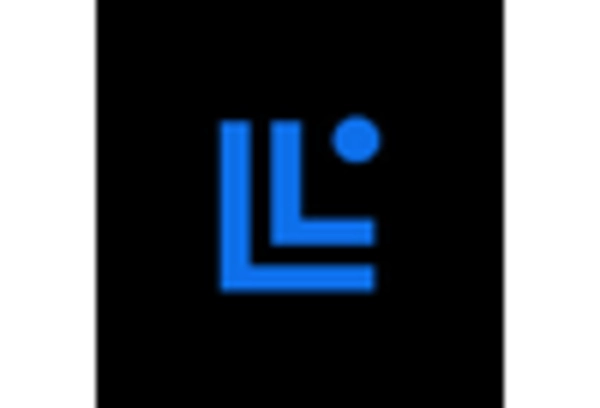
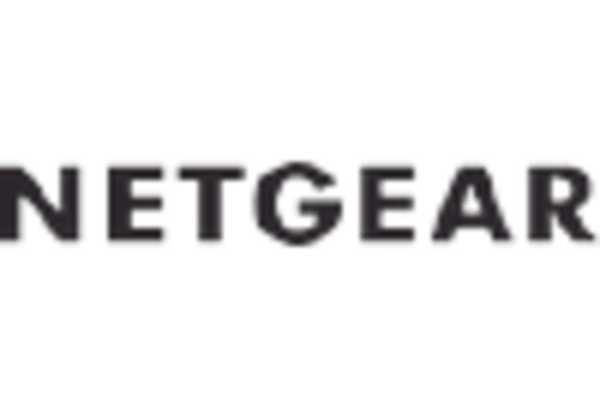
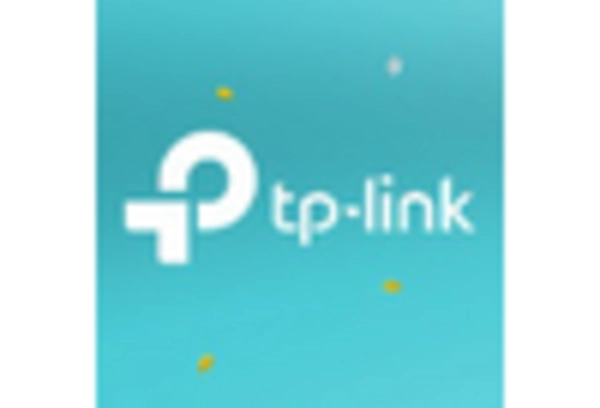
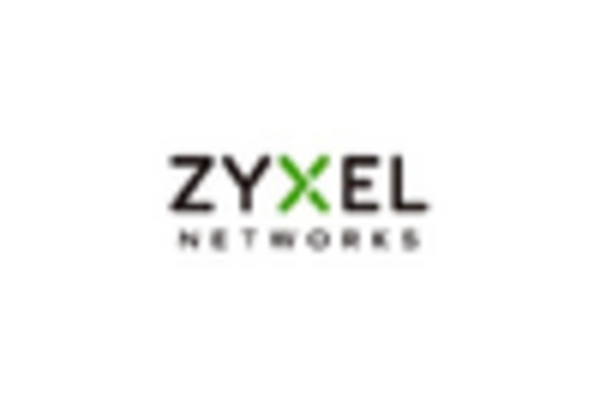








Leave a Comment